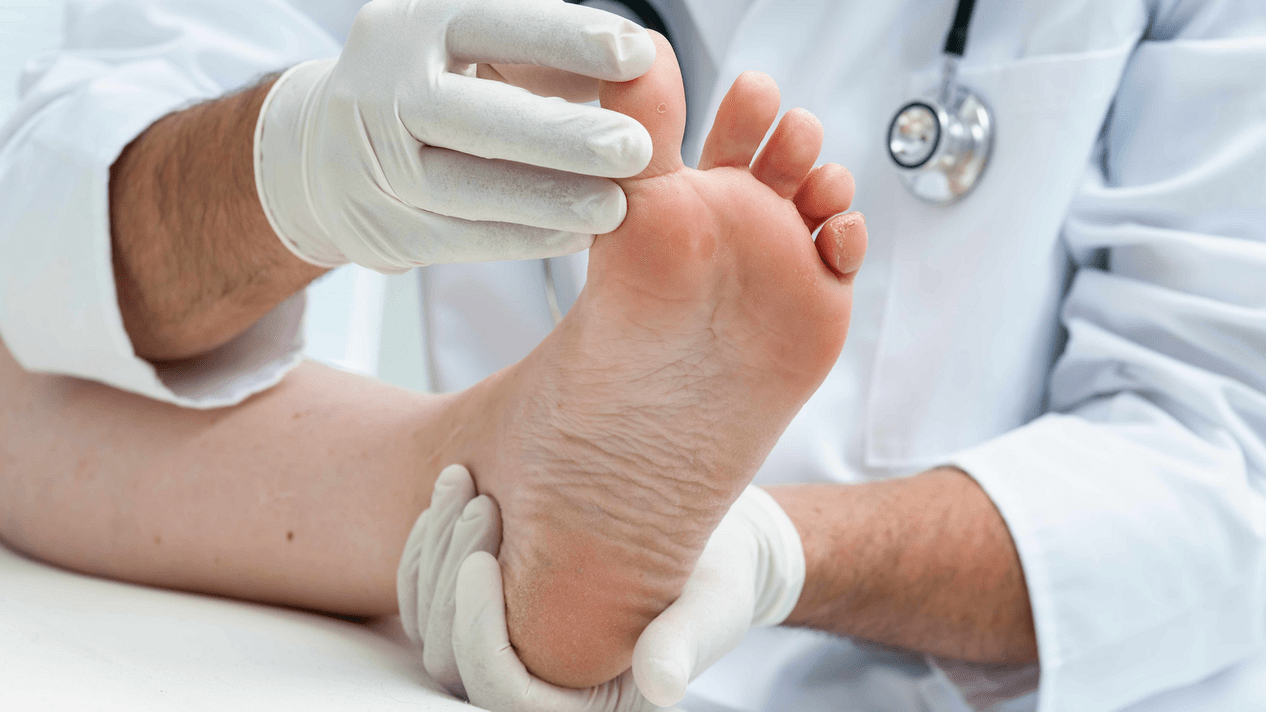
What does foot fungus look like?
- Fungus on the soles of the feet is scaly, and the affected areas become red, peeling, and have cracks on the skin. Patients usually do not feel any discomfort, which contributes to the widespread spread of this disease.
- Dyshidrotic foot fungus is limited to the arch of the foot and does not come into contact with the floor surface. Small blisters will form at the infected site, spread to the inside and outside of the foot, open, and form erosions and diaper rash on the surface of the skin. This process is accompanied by itching and burning sensations. After the vesicles (bubbles) open, the disease transforms into a scaly form.
- Fungus on the skin of the feet that affects the spaces between the fingers is known as the intertriginous form of the disease and is the most common type. It appears in the form of cracks whose edges are covered with a white edge of a peeling skin. Typically, this form has a long, chronic course and is difficult to treat.
- Fungus on the shins or ankles appears as pink or red round spots covered with skin scales. As the infection progresses, the inflammatory lesions increase in size and are accompanied by severe itching.
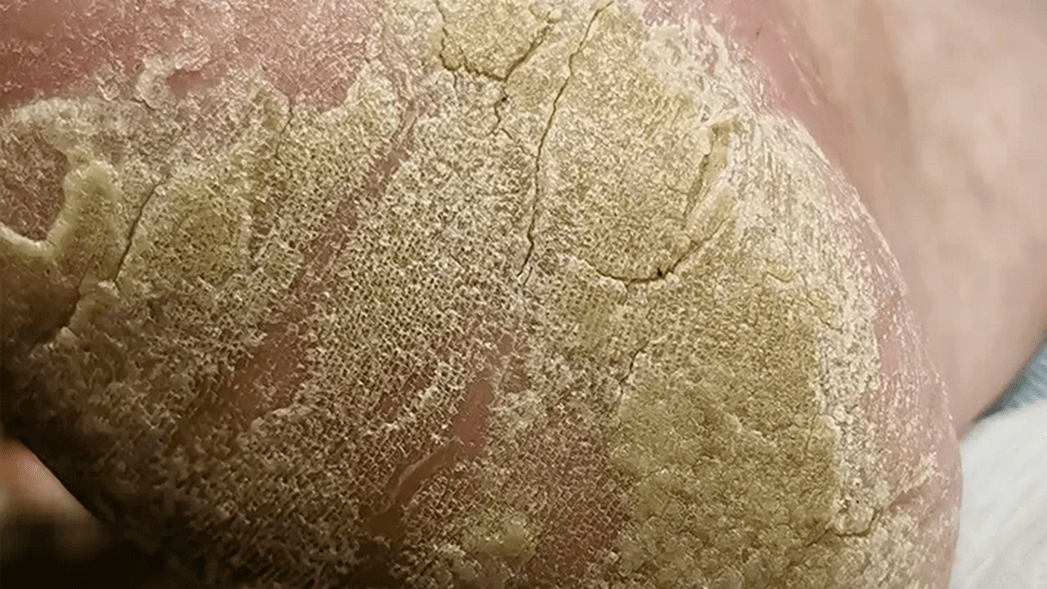
Onychomycosis
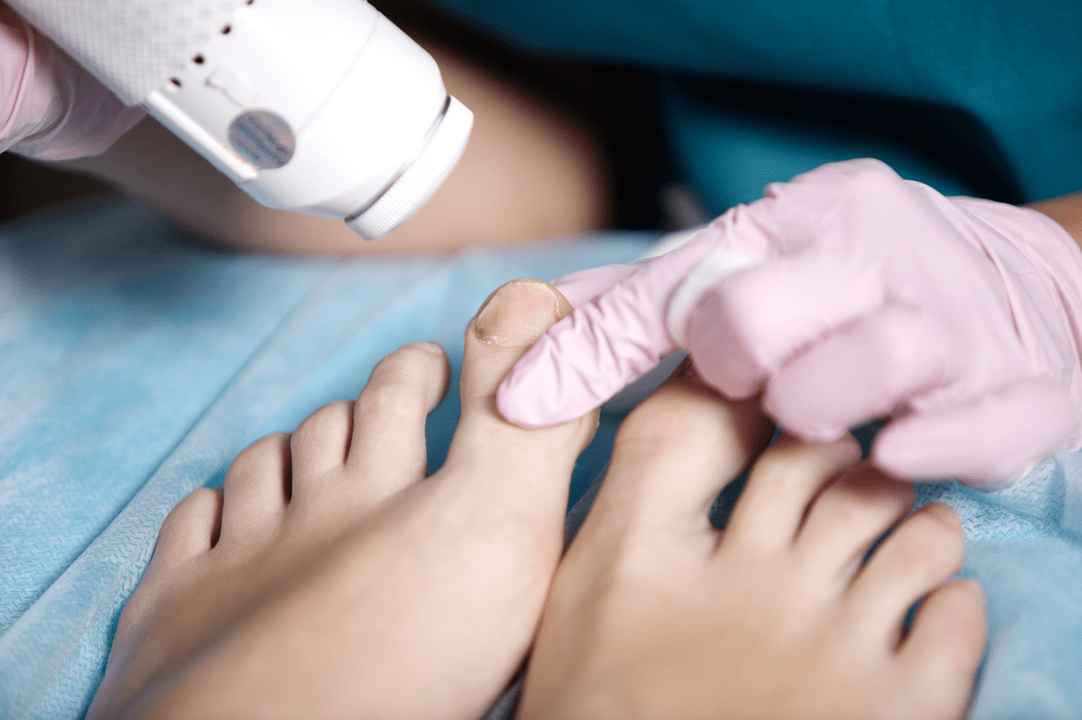
- Nutrition is normal. With this type of onychomycosis, a change in nail color from normal to yellowish-brown can be observed. The natural shine, shape and thickness of the nails are maintained.
- Thick. The nail color undergoes a final change, the shine disappears, the shape changes, becomes thicker and begins to partially break down.
- Nail stripper. Affected nails turn brown in color, become thinner, and begin to break. It begins to gradually separate from the bed. An uneven layer may appear on the exposed portion of the nail bed.

symptom
- peeling skin;
- Mild or severe redness of the skin at the affected area;
- itching;
- burning sensation;
- A blistering rash or cracks on the skin.
Blisters between toes
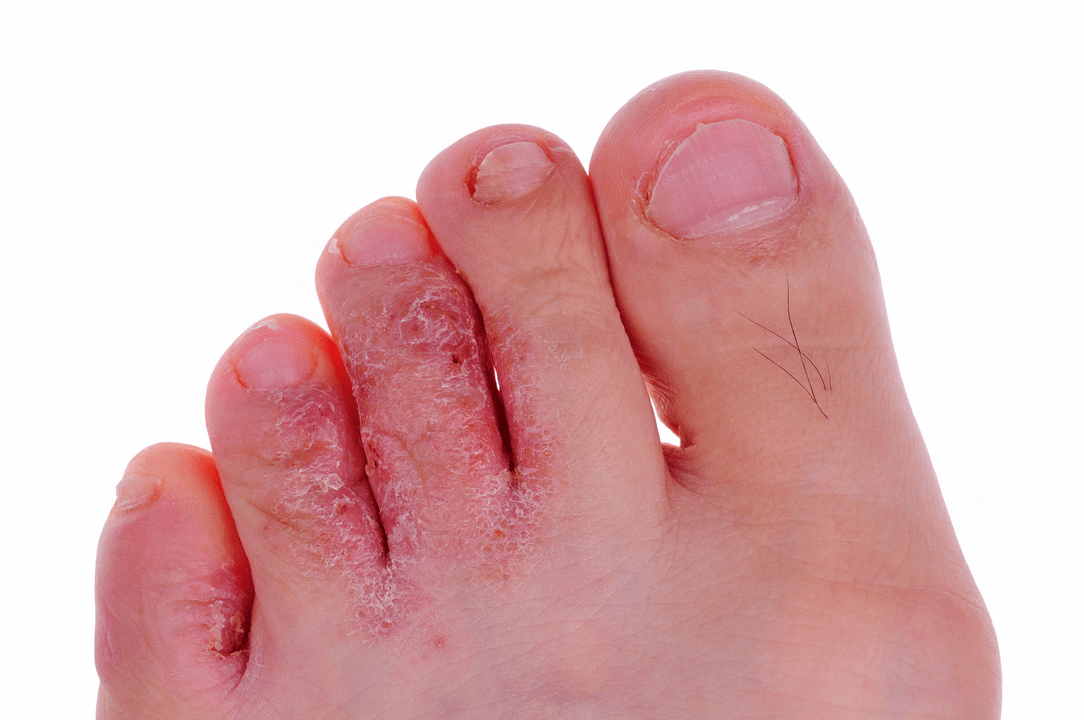
dehydrated form
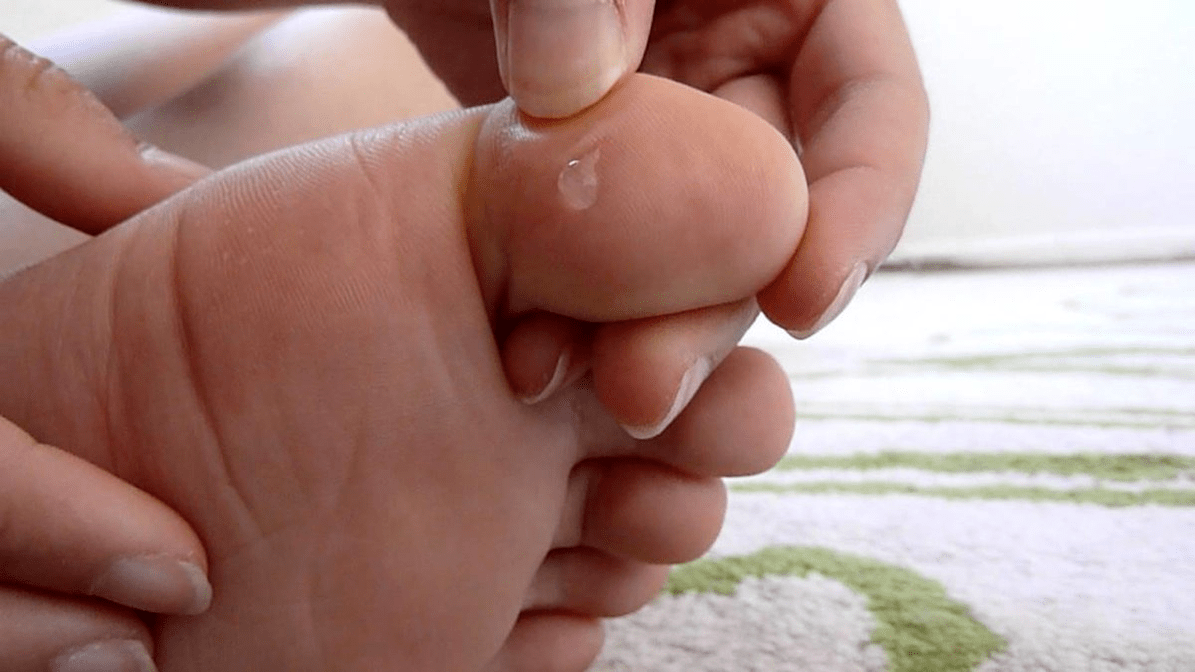
first sign
- Cracks or blisters in the skin in the folds of your feet or between your toes;
- Coarseness and significant thickening of the skin on the feet;
- Areas of skin that are red and peeling;
- Burning or itching sensation.
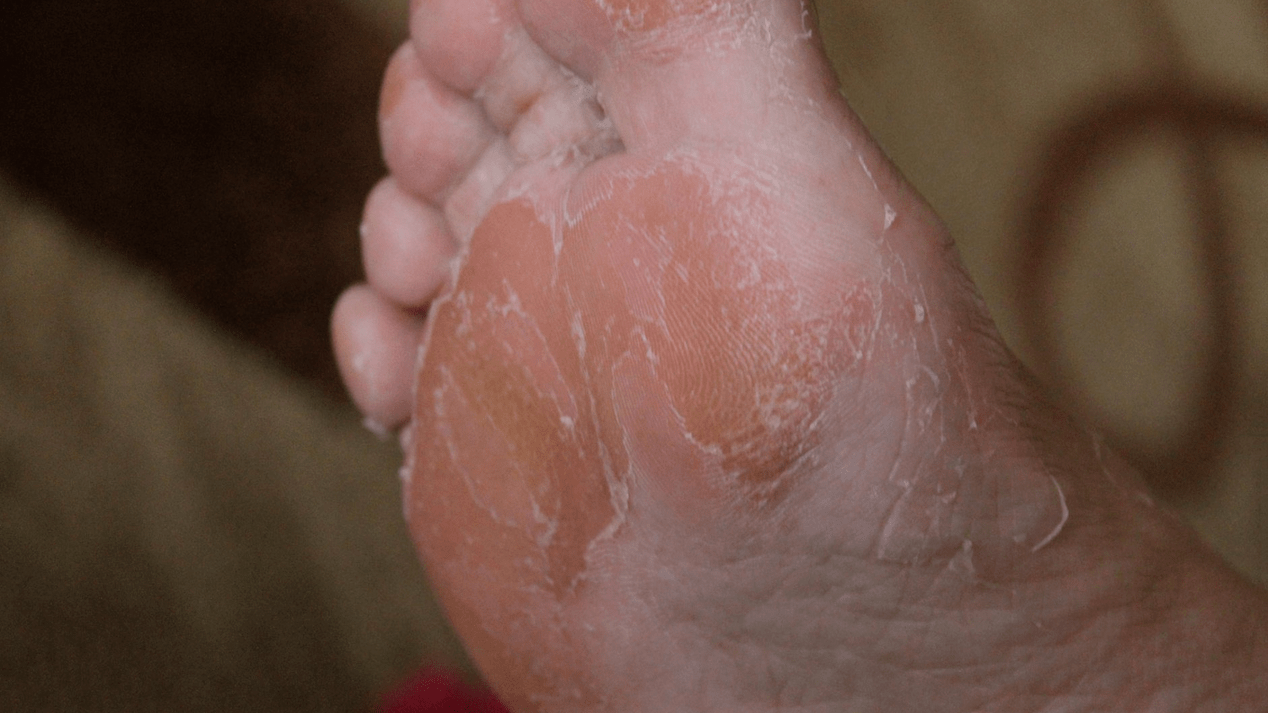
treatment duration
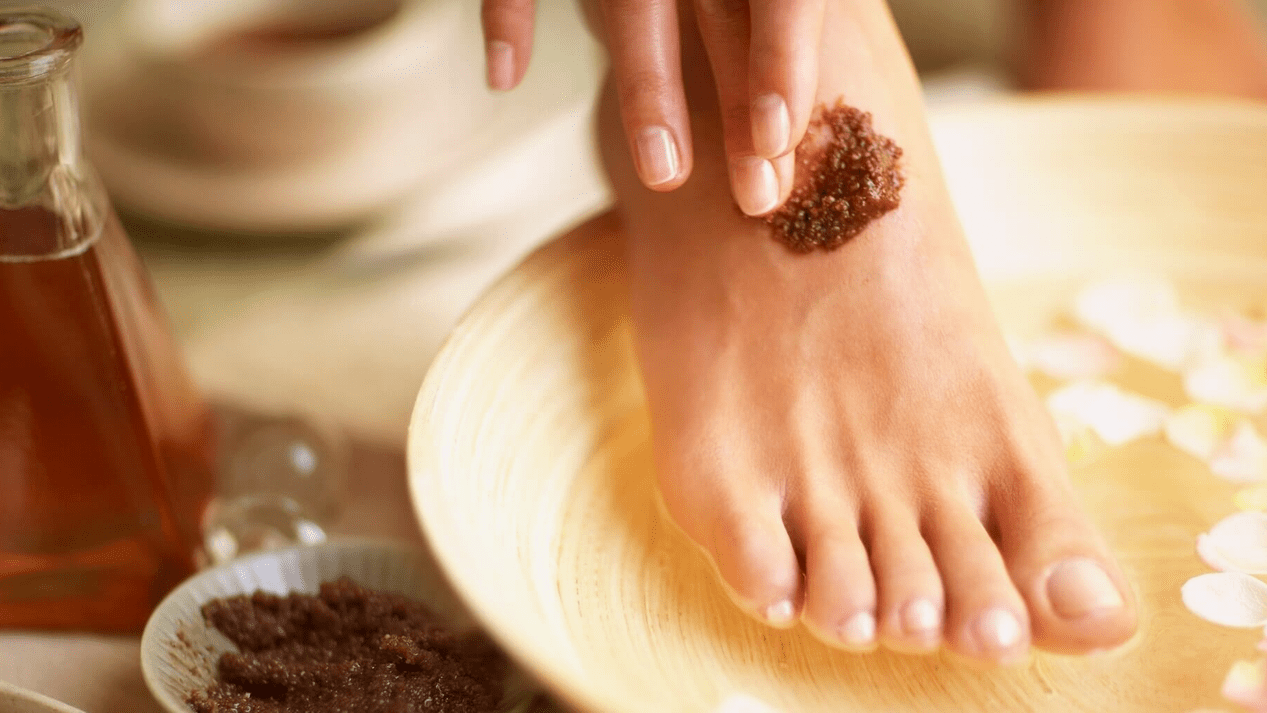
As long as signs of infection are caught promptly, modern medications can restore full health to your legs within two weeks.
reason
- Leg circulation disorders and related diseases (varicose veins);
- Weakened systemic or local immunity;
- Failure to comply with hygiene rules;
- The body's defense system weakens after taking antibiotics;
- Increased sweating on the skin of the feet;
- Minor skin damage (abrasions, scratches).
treatment method
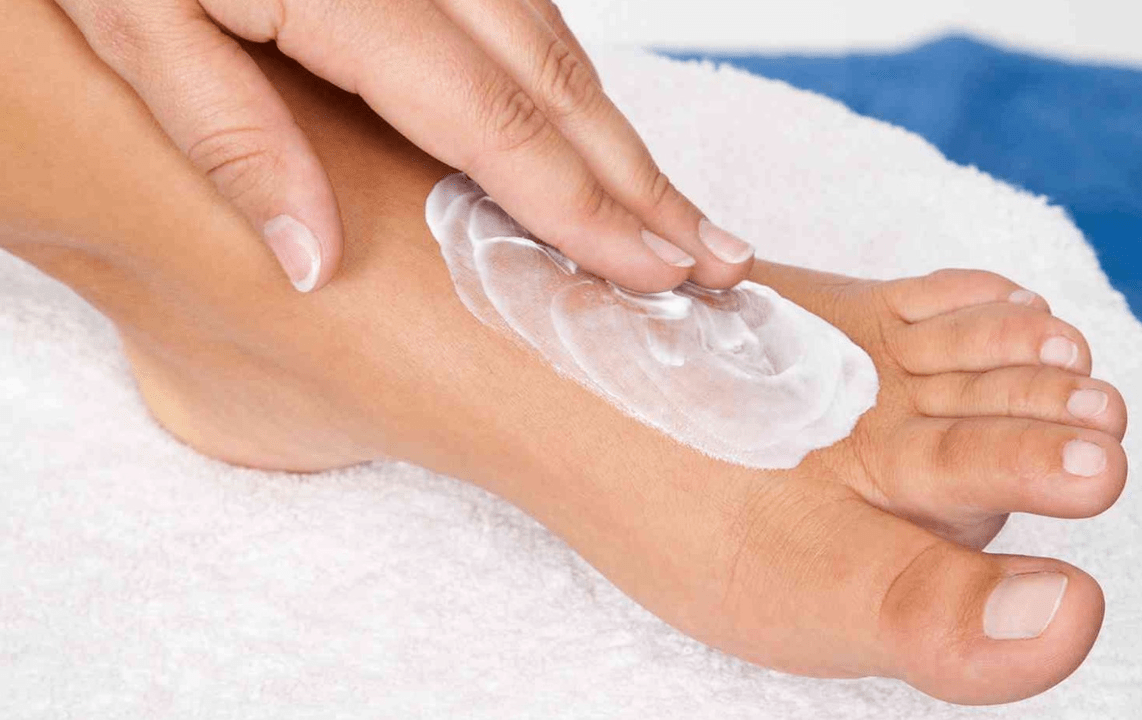
Treating foot fungus early on is easy. Usually, two weeks of treatment is enough to clear up the symptoms of a fungal infection.
Types of fungal diseases
- Candidiasis of the feet;
- Athlete's foot;
- Trichophyton of the feet (or periumbilical disease);
- Onychomycosis (nail fungus).
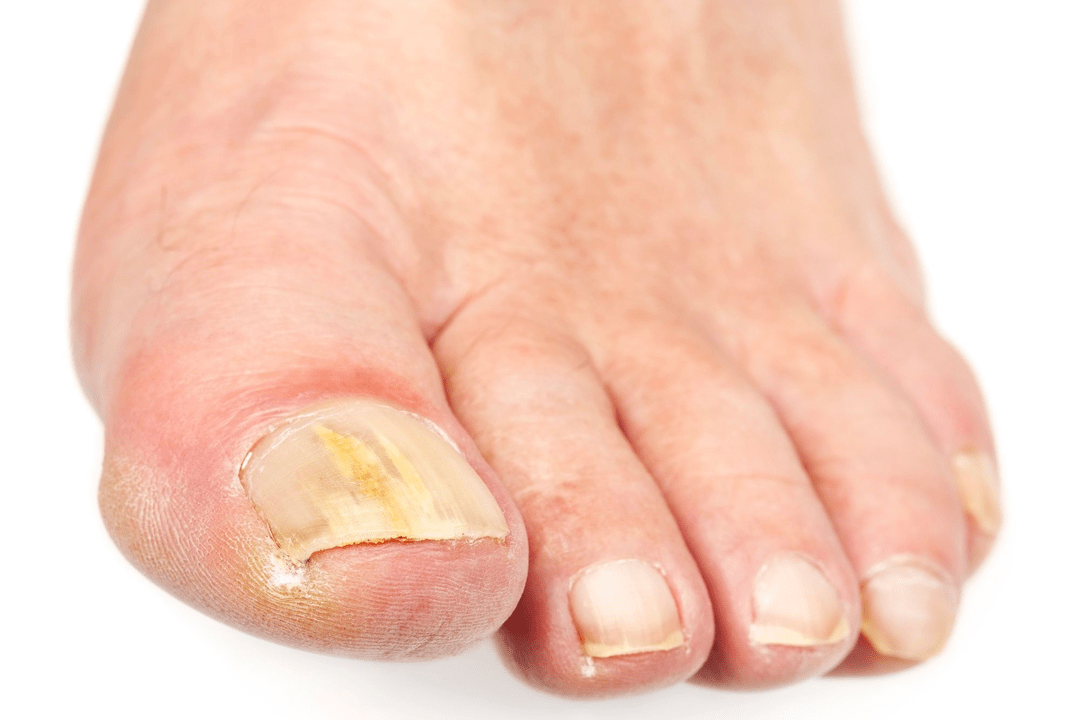
prevention
How to treat
System Tool
local remedies
antifungal ointment
folk remedies
- Take a bath with a solution of soda water and salt. For 3 liters of water at 36-40°C, use 3 tablespoons. lake salt and 3 tbsp. I drink soda. The entire process lasts 10-15 minutes; after bathing, rinse your feet with running warm water. For the treatment of acute forms of the fungus, take twice daily for 7-10 days.
- Use herbal decoction lotion. To prepare the decoction, combine dried oak bark, calendula flowers and verbena leaves in equal proportions. Decoction 3 tablespoons. Lake Pour a cup of boiling water over the mixture and heat over low heat for 10-15 minutes. Apply the resulting decoction three times a day for 20-30 minutes each time.

erase form
route of infection
- swimming pool;
- bathroom;
- sauna;
- gym;
- beach.
Precaution
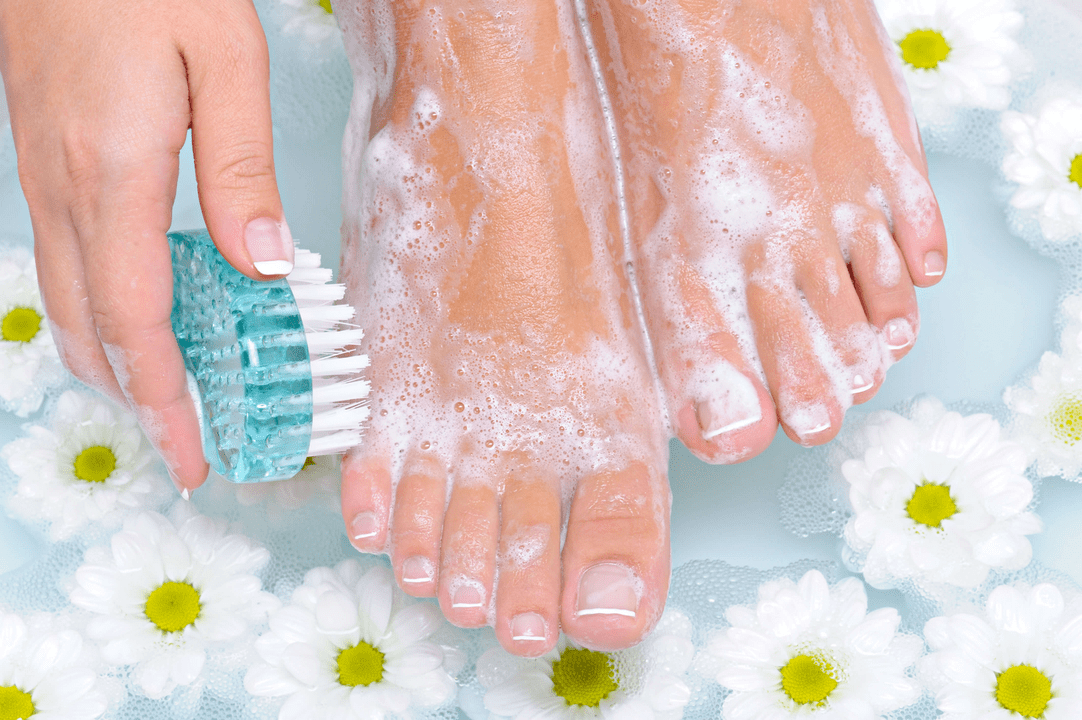
- Try to eat healthy and eat as healthily as possible;
- Not using other people’s belongings and personal hygiene products;
- Use basic protective equipment in public places, such as replacement footwear and hygienic antimicrobials;
- Wash feet and change socks regularly;
- maintain a healthy lifestyle;
- Bath regularly to improve foot health;
- Disinfect shoes regularly.
Preventing fungal infections is important not only for prevention, but also for the disease to actually occur. In this case, following hygiene standards can help speed healing and prevent others from contracting the fungus.
















